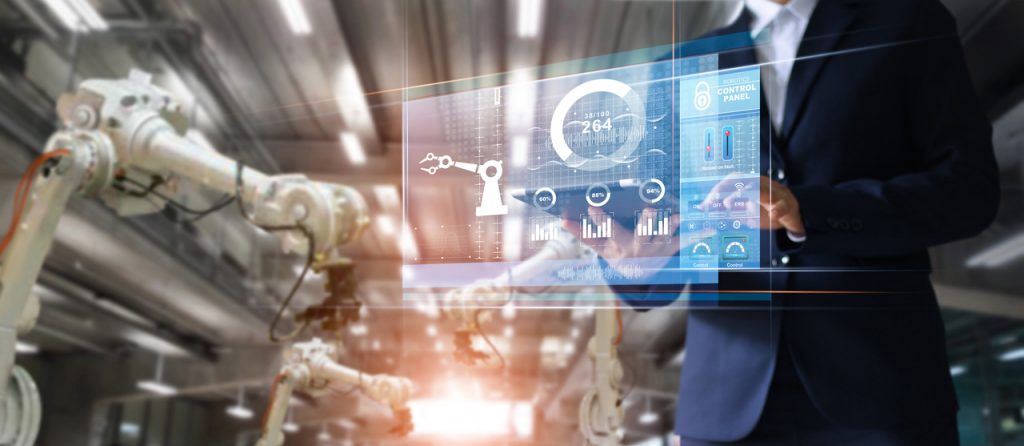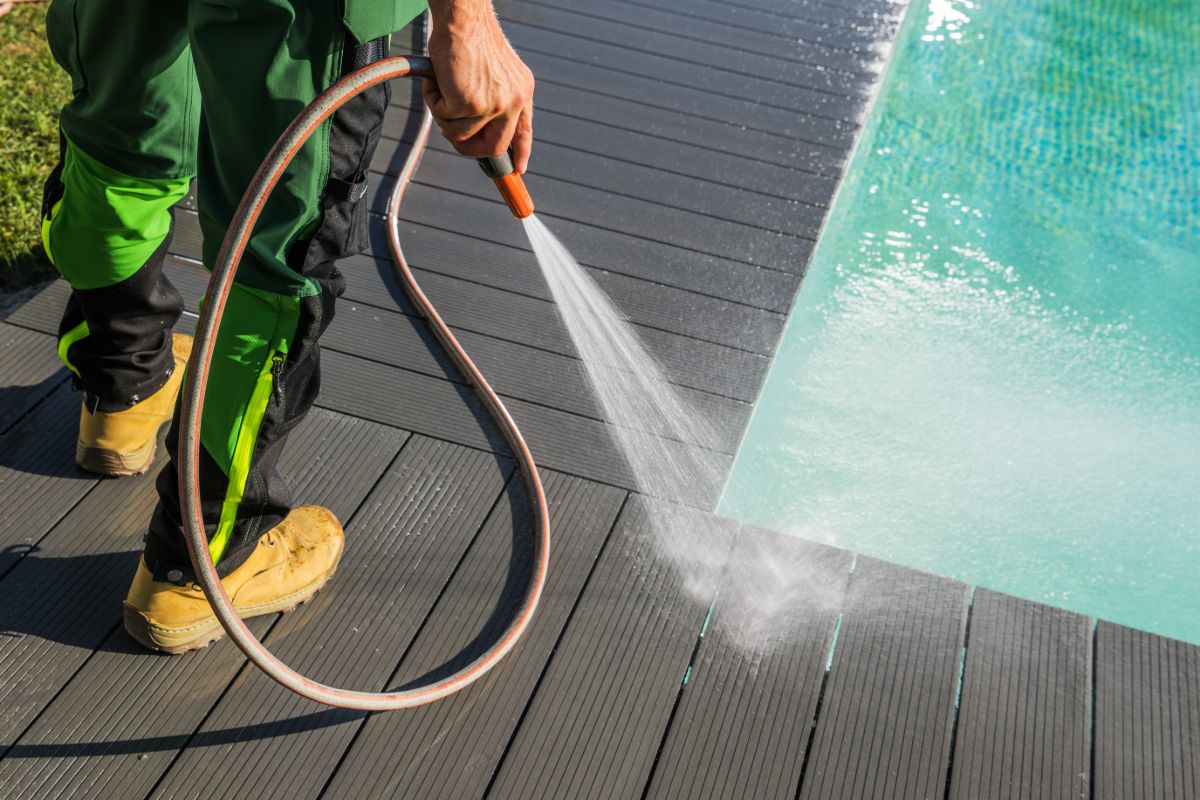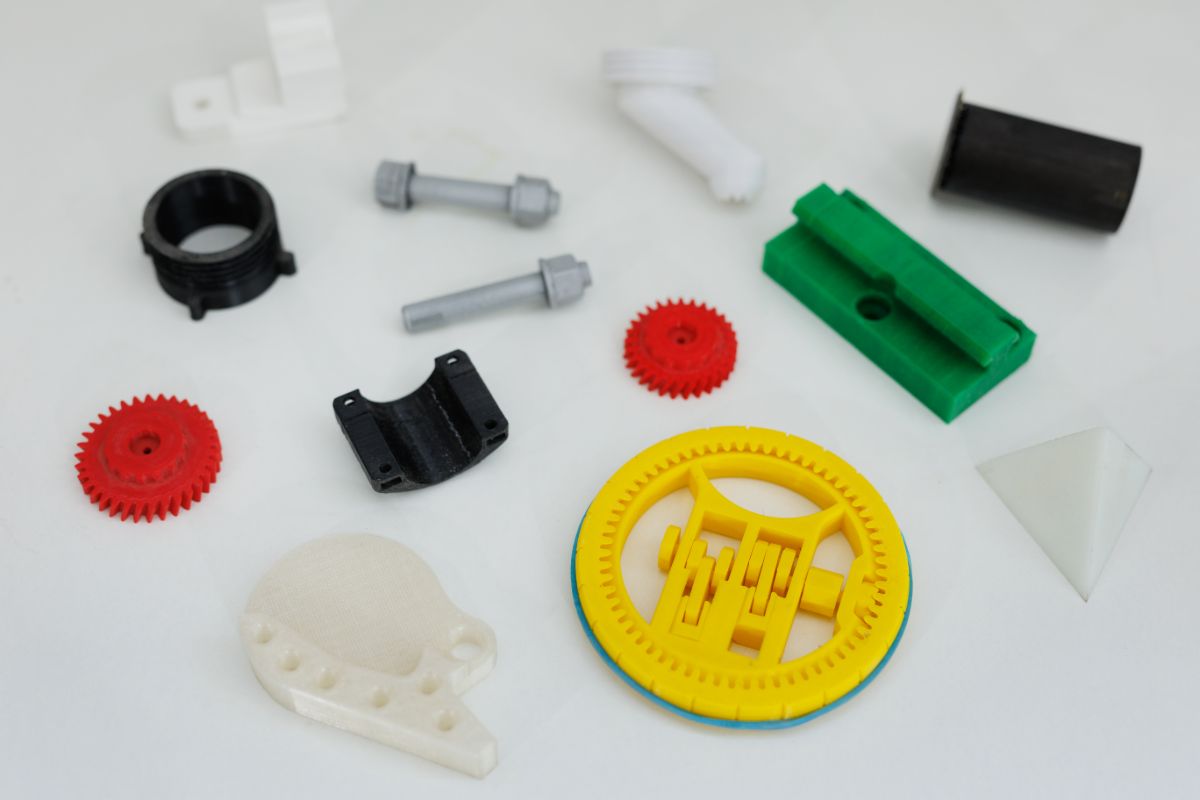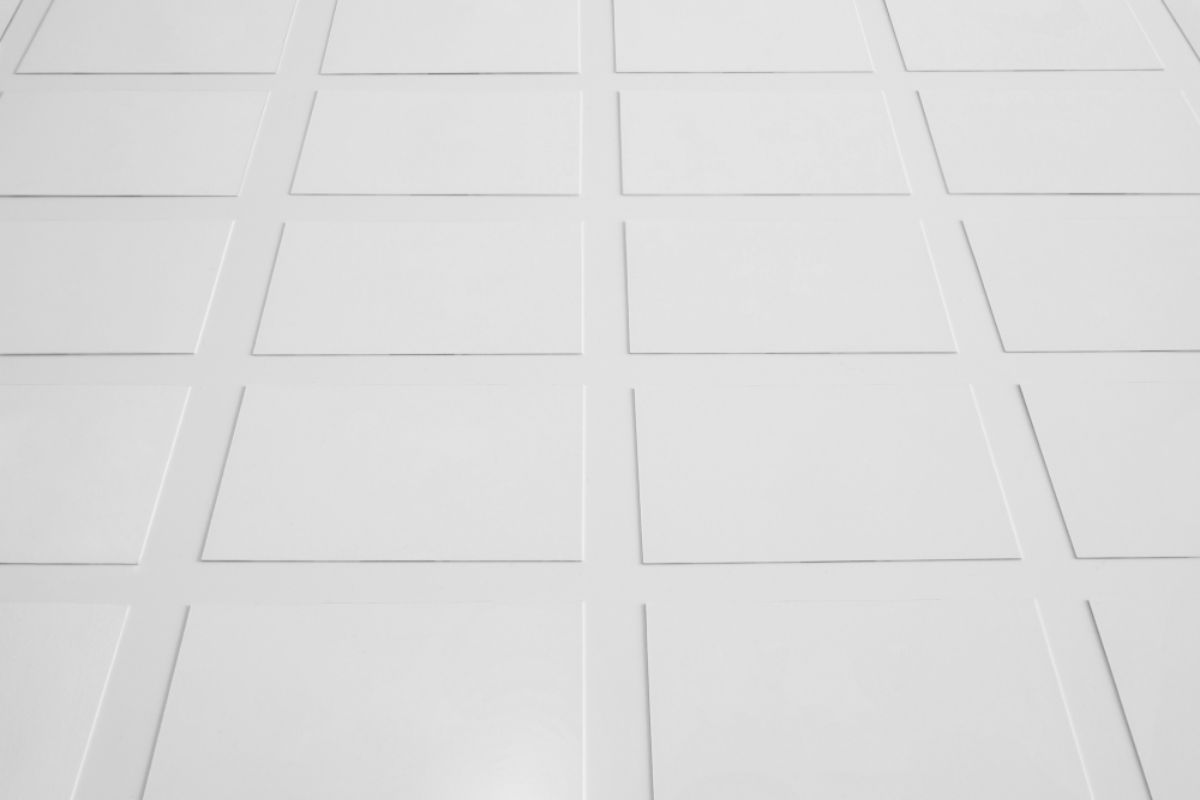How will the plastic injection molding industry grow in the future?
- Better Packaging
- Slimmer and Lighter Products
- Robotic Fabrication
- Robotic Post-processing
How will the plastic injection molding industry grow in the next few years? There are tons to look forward to for both manufacturers and consumers. Manufacturers understand that trends come and go. Not all of these amazing ideas can make the cut in the future. However, the industry will continue to expand as more sectors demand better technology and materials. Here’s a breakdown of how the industry will grow in the next few years.
Better Packaging
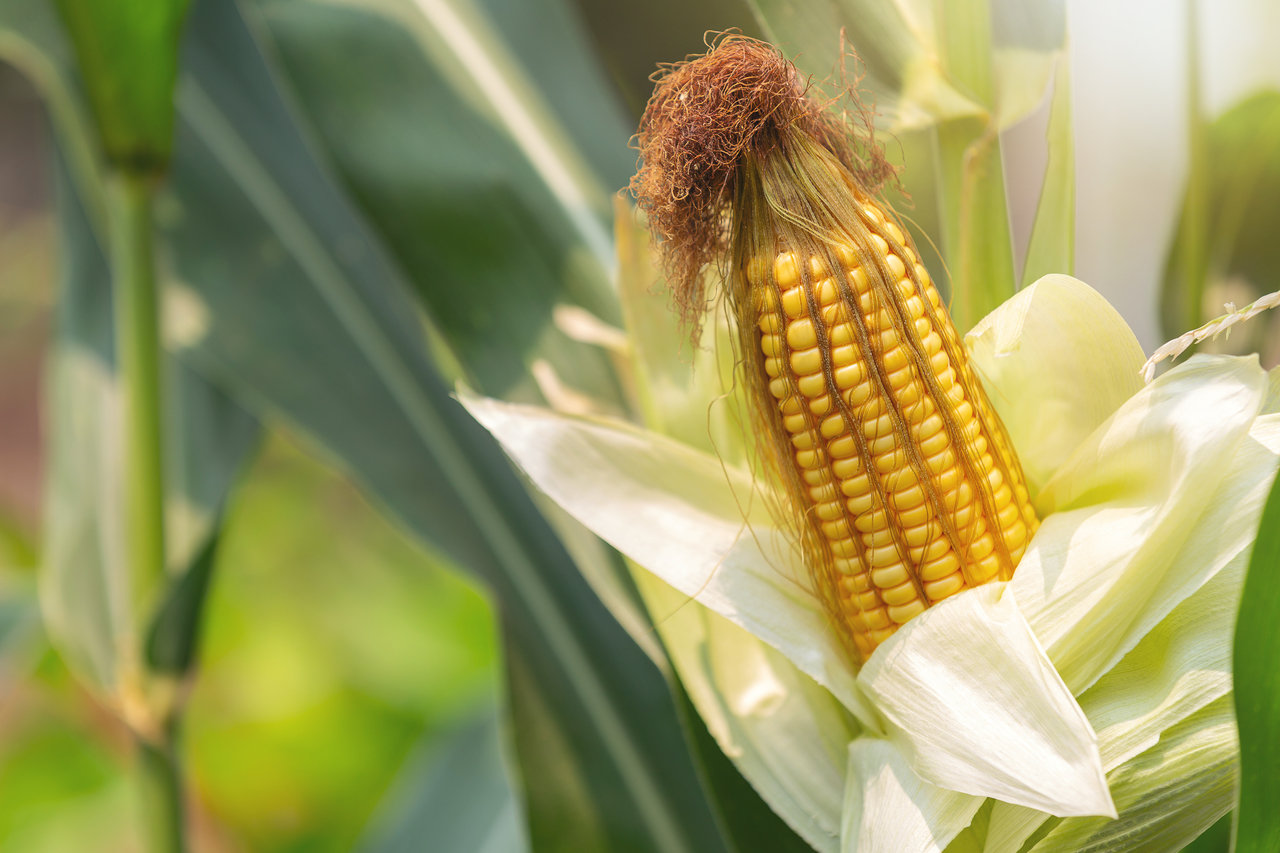
Packaging, how can people live without it? Almost everyone makes use of standardized and creative packaging. This can apply for small businesses or large manufacturers. It’s a known fact that these contribute to most of the landfill waste. But how can the plastic injection molding industry help? Through engineering packaging with decreased thickness with the same strength, it’s possible to create low impact packaging. The thinner packaging will ensure that production costs are lessened due to the decrease in the overall materials used.
Packaging also involves changes in the plastic industry. There are more polymers that have biodegradable properties on the market. This is driven by the changes in packaging material. New bioplastics can be made with renewable biomass materials such as corn. This way, packaging can naturally decompose, reducing environmental ramifications.
Slimmer and Lighter Products

Gas mileage is everything nowadays. Fossil fuels are finite resources and there are tons of ways to save up on gas. This includes the use of slimmer and lighter weight parts and tools to create popular alternatives to traditional vehicles. Cars are the fastest investment to lose value. As soon as you start driving one, the value of your vehicle decreases. Older models become cheaper but their gas mileage will make up for the expenses. The new developments call for slimmer and lightweight components to ensure mileage is future-proof.
Plastic injection molded parts can be combined with other components and fillers to increase strength and durability without compromising weight. This can also be useful for the airline industry to produce lightweight aircraft with amazing jet fuel mileage.
Medical and pharmaceutical companies are also looking for lightweight products to cater to their needs. Gone are the days of heavy internal applications like stents and joint replacements. Special medical-grade plastics will help professionals increase the mobility of patients while lowering the costs of these devices.
Robotic Fabrication
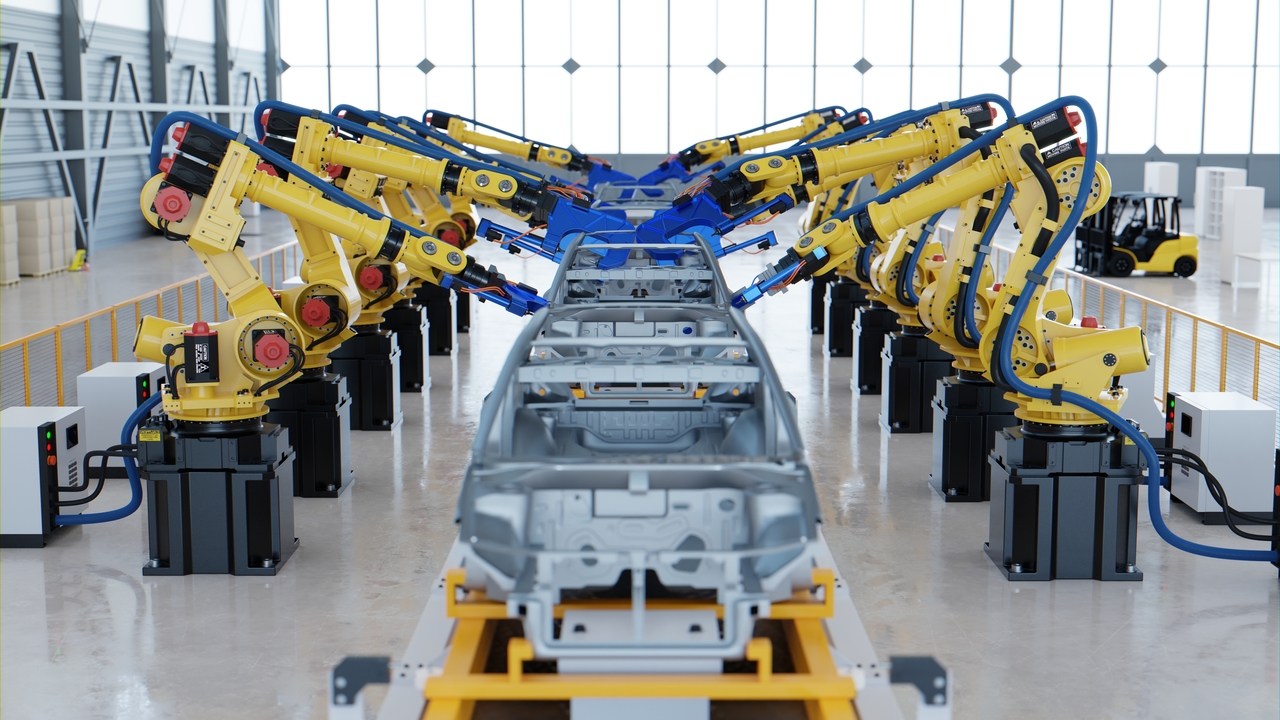
Large volumes of identical products being made repeatedly daily require an algorithm that can increase efficiency. Robotics and computerization of processes can help improve the labor-intensive plastic injection molding industry. A programmed robot is less likely to produce errors in the facility compared to human labor. It’s also a relief to operators as it can cut off repetitive work and injuries. Operators can now focus on other sectors of the production process without risking themselves.
Robotics, when used in plastic injection molding machines, can help generate a consistent workflow and increase production capacity. These robots can be equipped with advanced grippers and vacuum technology to carefully handle molded parts to avoid damage. The introduction of six-axis robots can also be used for loading and unloading the machine. Previous technology has used these robots for overmolding, but recent tech ensures that these upgrades are ready for manufacturers.
Robotics can also be used for in-mold labeling. Manufacturers can use prefabricated labels or decorative films directly into an open mold. The labels or decor can be embedded within the molded part without manual labor. The result is a uniform product with labels ready to be shipped to various consumers.
Robotic Post Processing
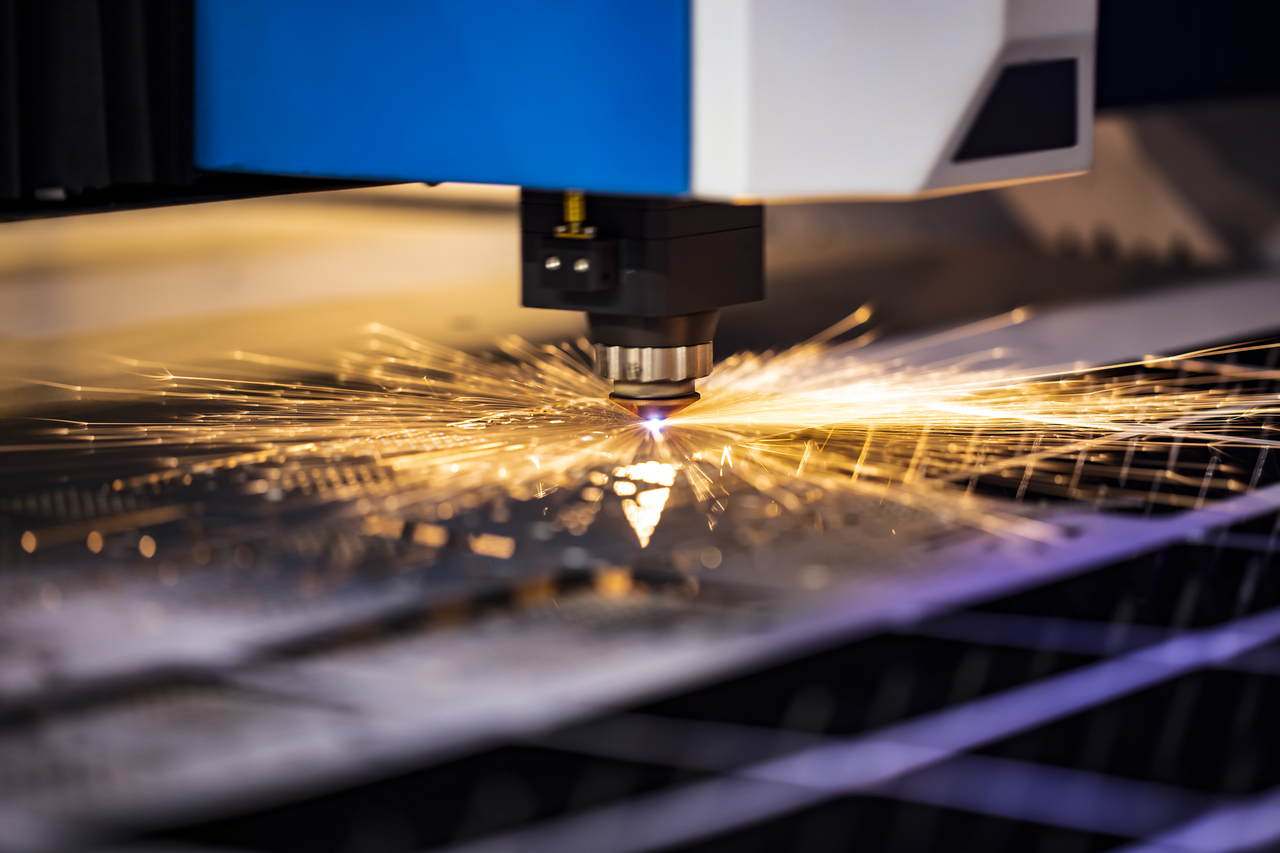
Post-processing plastic injection molding products are no longer a hassle with the help of robotics. After the part is released from the mold, the robot can pick specific parts for further testing, inspection, and hot stamping.
Assembly is another important upgrade that comes with robotics. Robots can execute complex operations that are inclusive of welding, lasers, and more. The result is a precise assembly with reduced cycling times compared to a human operator.
These robotics are a way to make a difference in production rates and costs. These machine upgrades can liberate employees from repetitive tasks not limited to labeling, testing, and wrapping.
Key Takeaway
Plastic injection molding trends in 2020 could become different in the near future. For now, these points may seem complicated in the present, but with research and development to increase efficiency, that point of view might change. The competitive environment of plastic injection molding requires creativity and an edge of competition to ensure success. By investing in the growth of your plastic forming process, it will be easier to increase efficiency and cost-effectiveness. As more sectors demand better products, it’s best to keep these in mind for the future.
